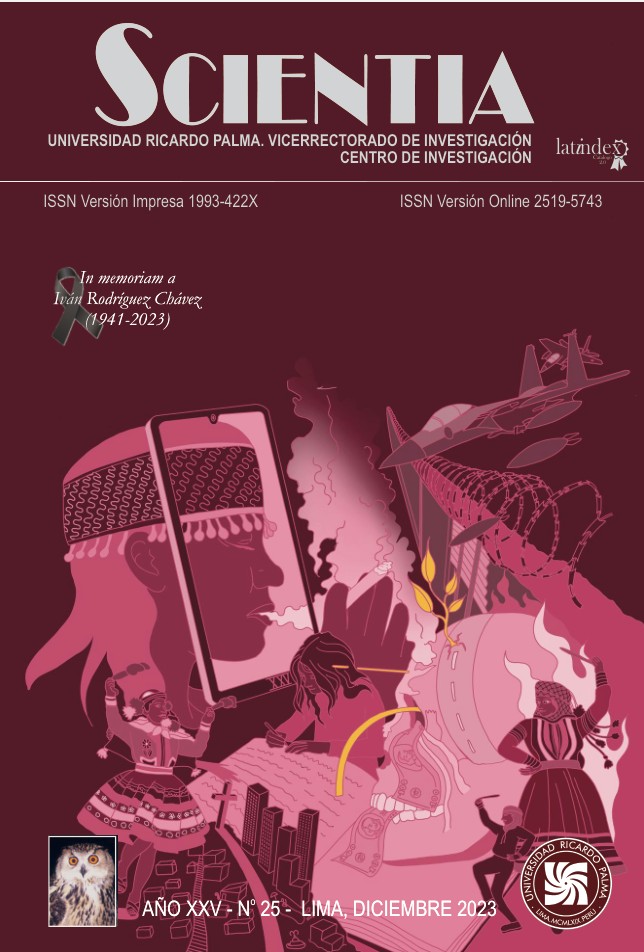Territory, architecture and landscape in the Huarco-Inca societies, Lower Cañete Valley
Keywords:
Huarco-inca, territory, hills-apu, Andean architecture, CañeteAbstract
From the field work carried out in the lower valley of Cañete, with special attention to the settlements of greatest architectural relevance belonging to the Huarco manor and reused by the Inca societies in the expansion of the Tawantinsuyu, the planning criteria used for the location, location, spatial distribution, design and construction, with the corresponding transformations of the territory, which implies an awareness of vital needs and forms of subsistence, as well as a deep knowledge of local ecological cycles. The sites of Cerro Azul, Cerro de Oro, Canchari and Ungara stand out, on which their main characteristics are presented, relevant in terms of the articulation with the particular territories and their correlation with the environmental conditions and the cyclicity of astronomical phenomena. With this accumulation of social experiences, architecture becomes social memory, and many of its spaces and the logic of their organization have deep contents of rituality, sacredness and symbolism, supported by Andean cosmologies.





2.png)



